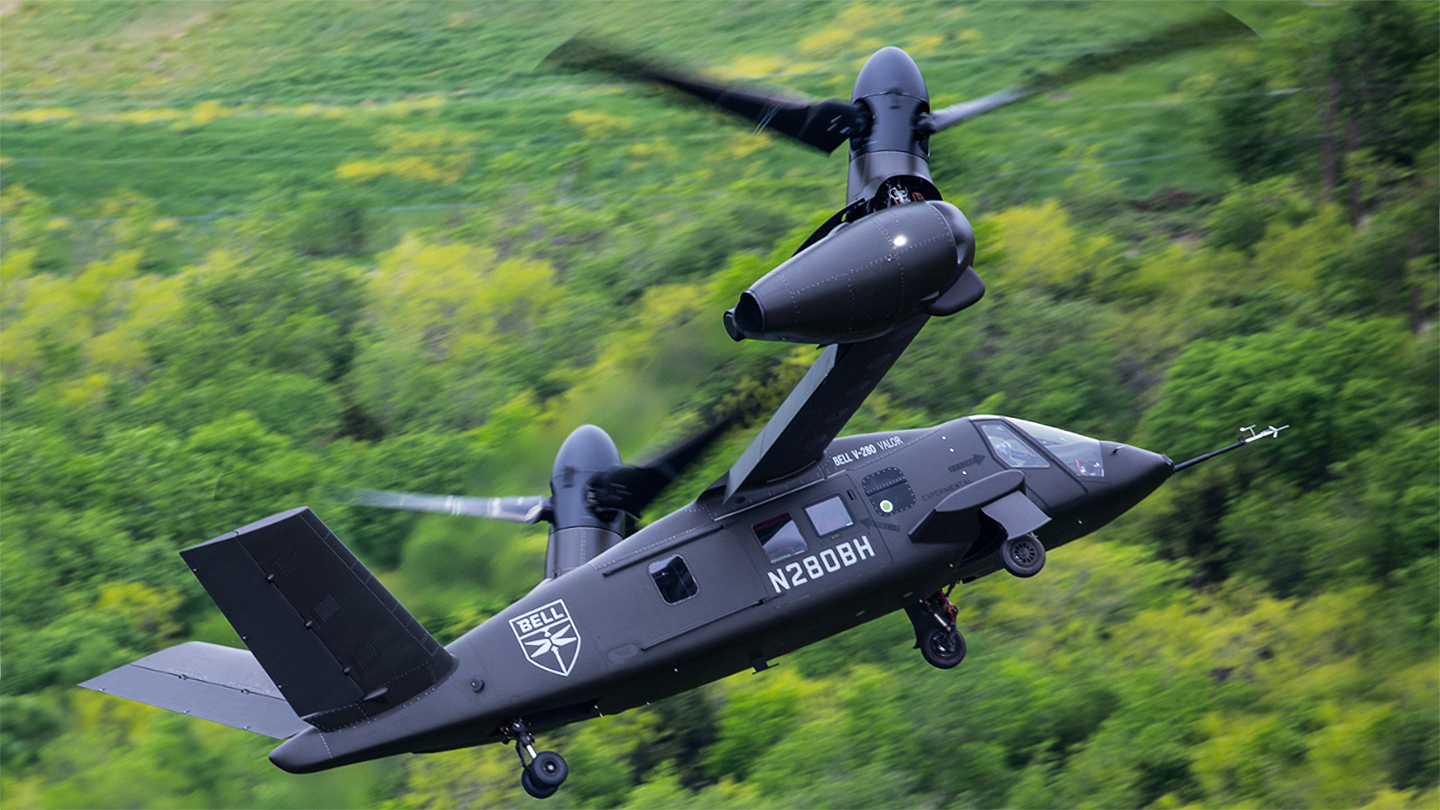
got it, agree. I misinterpreted your previous post as V-280 replacing the Hook. Definite time and space mobility increase will be a significant increase in capability. While a few CV-22s were out there, longer range mobility has to date happened on a smaller, low-density scale, like MH-47s, so FVL-M/280 will really help things.
I think Canadian tactical aviation is set to advance decently (nTACS, not platform but capability focused, likely to deliver a range of crewed and in crewed capabilities) and move out of its ‘
making the silkiest purse out of a sow’s ear’ (CH-146) that was the mindset for the past 30 years. Was always funny listening to some aviators describe the AFG mission primarily as ‘taking the dog for a walk’ (ie. The Griffon escorting the Chinook around the AO) as though the Hook was the limiting factor. Truth is, for as much as the Griffon crew did the best they could to escort, and as effective close in their CCA (close combat attack) were in short range (particularly with overhead small/medium arms suppression (high fire rate award to the M134D Dillon mini-guns!!

) they were not AH escorts with well integrated sensor/fire control systems and layered weapons heavy arms, rockets and PG missiles. The Chinooks were for the most past limited by their escorts, both in speed and range, by the slower, shorter endurance Griffons. Back then it was what it was, but future aviation needs to have a holistically-capable sense-shoot-move-communicate (data/info/comms) layered capability in order to most effectively integrate into and support the supported elements in the digitized battle space.



